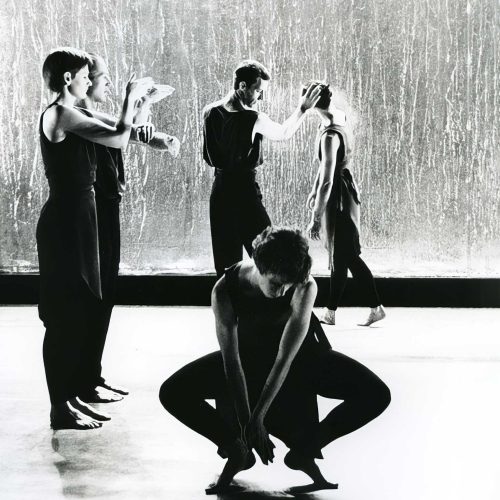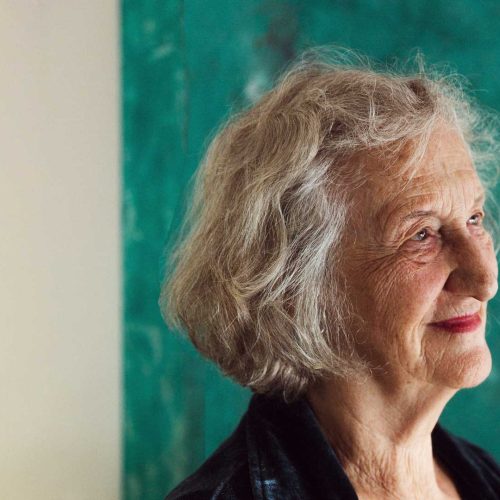‘I have tried to capture the atmosphere and melancholy of Anton Chekhov’s masterpiece.’ So said Kenneth MacMillan in his programme note for his 1991 ballet Winter Dreams. Inspired by Chekhov’s The Three Sisters, MacMillan chose not to produce a literal retelling of the play but created choreography that put the inner lives of the characters at its heart. Two dense, emotionally charged pas de deux for Masha and Vershinin may have given the originators of the roles, Darcey Bussell and Irek Mukhamedov, a central part in the ballet, but stand-out dances for Viviana Durante, Nicola Tranah, and Anthony Dowell gave the cast thrilling licence to embody Chekhov’s characters, all absorbed in their respective cages of desperation.
The so-called ‘Farewell pas de deux’ for Masha and Vershinin was a sort of germination point for the entire work. MacMillan had been thinking about a ballet based on Chekhov’s play for some time, and an opportunity to make a gala pas de deux for Bussell and the newly arrived Mukhamedov to celebrate Queen Elizabeth, The Queen Mother’s 90th birthday became the starting point, though MacMillan didn’t realise this until after finishing the duet. The series of dance episodes that take us through the ballet are laced together by the image of a family dinner behind a gauze upstage and brought to life by Pyotr Ilyich Tchaikovsky’s music. The score for Winter Dreams was a collaborative effort between MacMillan and pianist Philip Gammon who sourced piano pieces by Tchaikovsky and interpolated traditional Russian guitar music, first introduced to Gammon by a group who used music from the Lvov and Prach collections, the earliest published sources of Russian traditional music. Both Chekhov and Tchaikovsky would have known these sources. Details like this give Winter Dreams its evocative, concentrated flavour: life’s happiness frustrated by geography and social convention, in deepest Russian winter. The designs for the production were by Peter Farmer.



